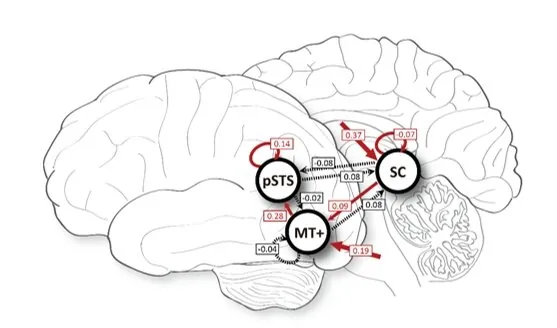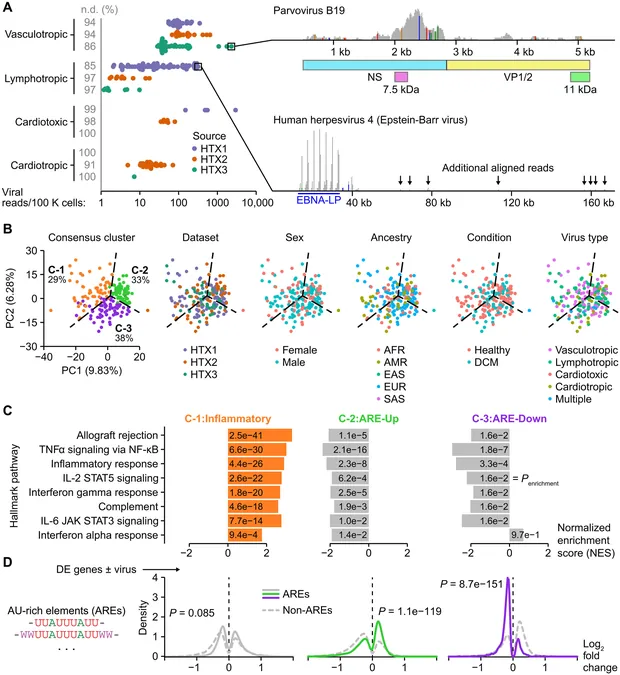
Groundbreaking Discovery: How Our Brains Detect Life Movement - Insights from Cross-Species Research!
2024-11-21
Author: Arjun
Introduction
In an exhilarating breakthrough, scientists from the Chinese Academy of Sciences (CAS) have unveiled how both humans and animals detect life motion early in visual processing. This research, led by the CAS Institute of Psychology and the CAS Institute of Biophysics, shines a light on the significant role played by the superior colliculus (SC) in deciphering biological motion (BM) signals. What’s more, this discovery hints at a remarkable cross-species mechanism that may be pivotal for swiftly processing life-related movements.
Publication Details
The study's findings were published in *Nature Communications* on November 7, under the captivating title “Detecting biological motion signals in human and monkey superior colliculus: a subcortical-cortical pathway for biological motion perception.” The implications of this research stretch far beyond academic curiosity; understanding how we and other animals perceive life motion is essential for survival strategies including hunting, dodging predators, and engaging in social behaviors.
Experimental Methodology
In their experimental work, scientists utilized point-light displays, a widely recognized method for showcasing BM through the movement patterns of humans and animals. The results demonstrate that most vertebrates, particularly humans, have honed the ability to process BM exceedingly well. This ability suggests that the foundations of BM perception are likely rooted in analogous structures within the brain across different species.

 Brasil (PT)
Brasil (PT)
 Canada (EN)
Canada (EN)
 Chile (ES)
Chile (ES)
 España (ES)
España (ES)
 France (FR)
France (FR)
 Hong Kong (EN)
Hong Kong (EN)
 Italia (IT)
Italia (IT)
 日本 (JA)
日本 (JA)
 Magyarország (HU)
Magyarország (HU)
 Norge (NO)
Norge (NO)
 Polska (PL)
Polska (PL)
 Schweiz (DE)
Schweiz (DE)
 Singapore (EN)
Singapore (EN)
 Sverige (SV)
Sverige (SV)
 Suomi (FI)
Suomi (FI)
 Türkiye (TR)
Türkiye (TR)